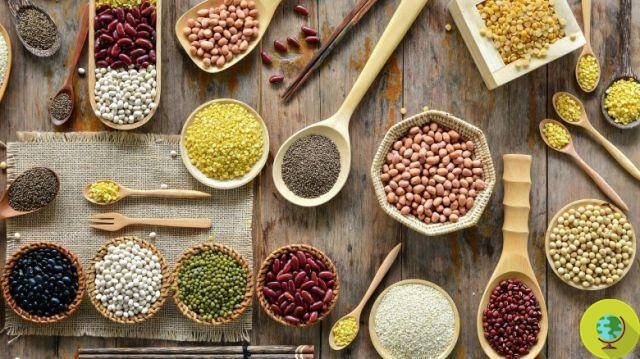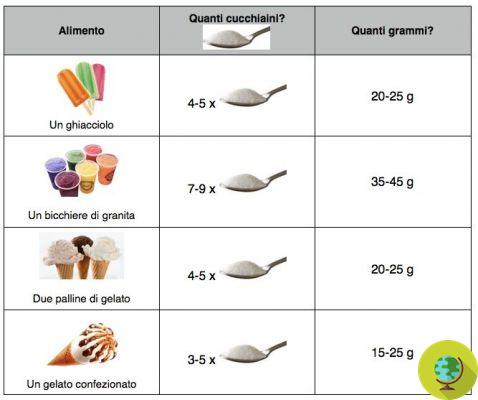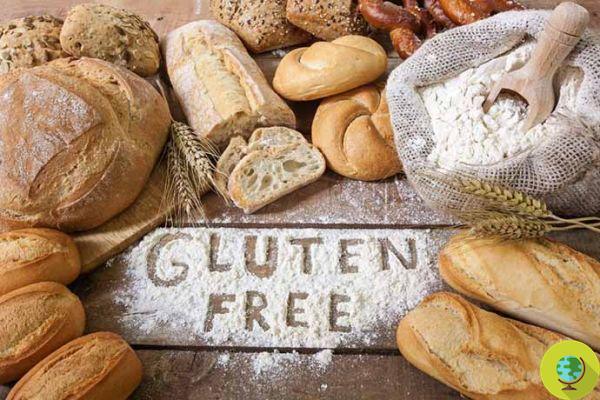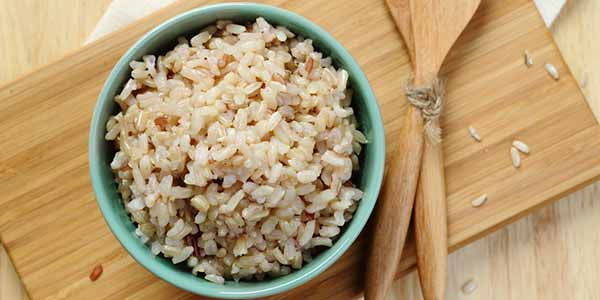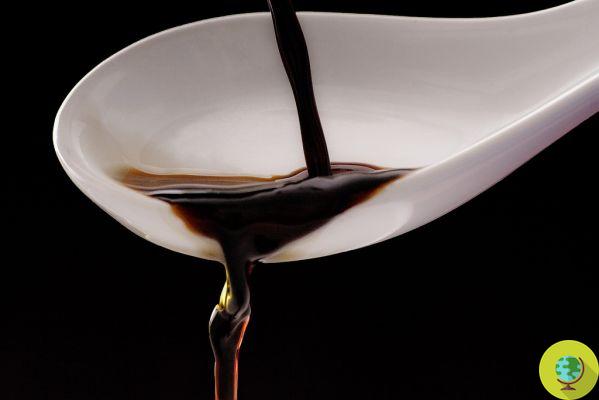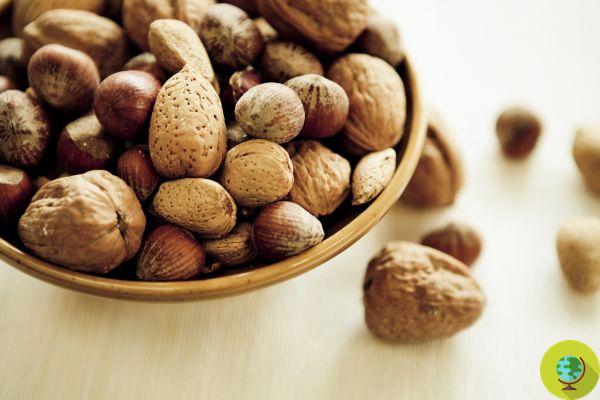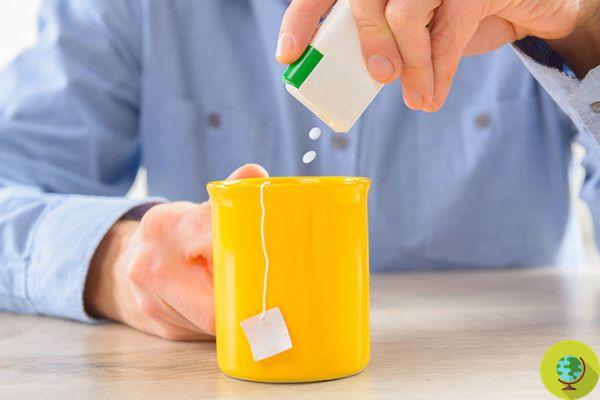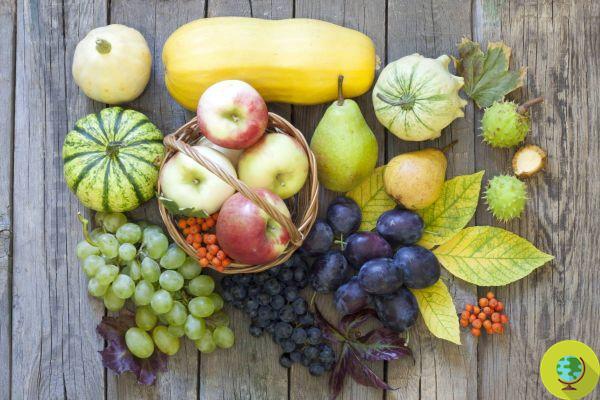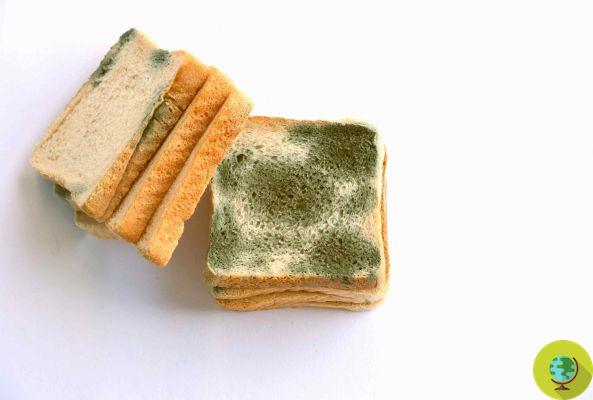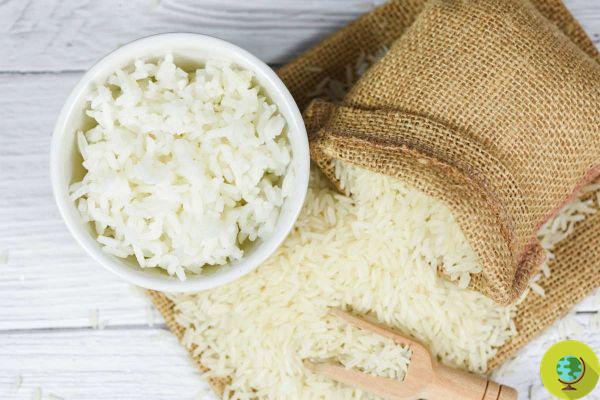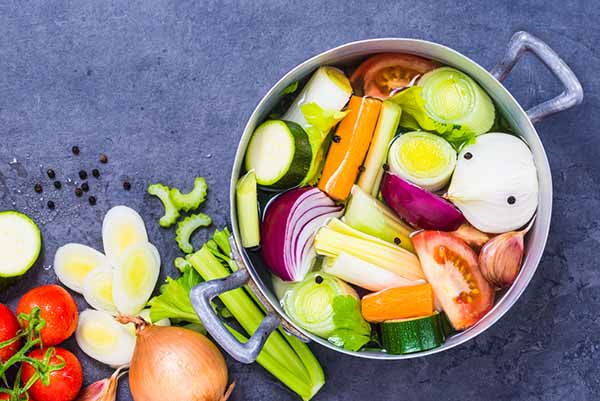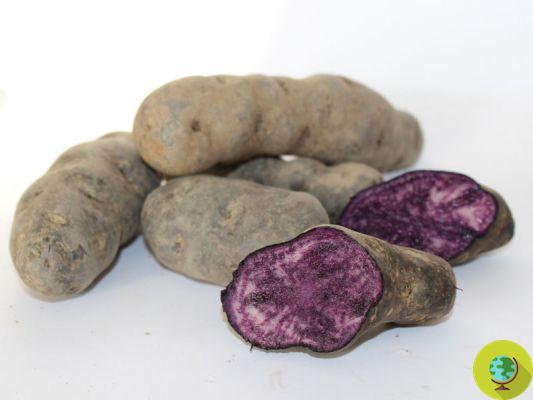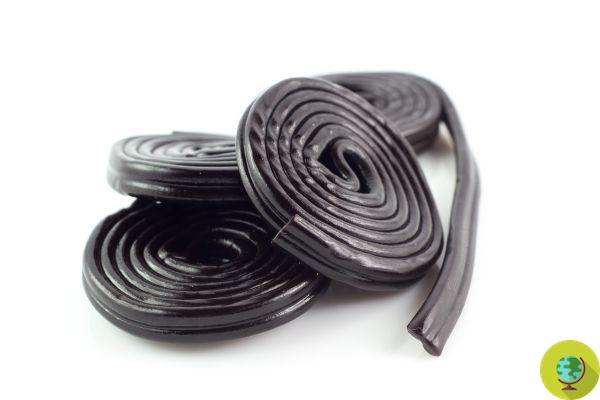
A new study sheds light on the impact of dietary exposure to pesticides on the onset of postmenopausal breast cancer.
That pesticides cause tumors now seems to be established. Not only is glyphosate in all its forms associated with the onset of cancer, or certain pesticides with an increased risk of childhood central nervous system cancers, it now seems clear that exposure through food to certain pesticides would also cause cancer. postmenopausal breasts.
This is what emerges from a French study conducted by a team of researchers from CNAM, INSERM and INRAE and published in the International Journal of Epidemiology, which examine the association between dietary exposure to pesticides and the risk of developing breast cancer in post-breast cancer women. menopause belonging to the cohort of the NutriNet-Santé project.
The study involved 13.149 postmenopausal women, including 169 cases of cancer. The researchers measured the exposure to 25 active substances in the composition of the authorized pesticides Europe, starting with those used in organic farming.
In fact, it is suspected, according to the research, that some pesticides used in Europe have harmful effects on human health: they cause hormonal disorders and also have carcinogenic properties. The link between exposure to pesticides through food and breast cancer in the general population is still poorly studied. Researchers had already shown that consumers of organically grown foods in the NutriNet-Santé cohort had a lower risk of postmenopausal cancer. This same team continued their work, this time focusing on exposure to different pesticide cocktails in this population category.
A systematic review
The new four-year study began in 2014. Participants completed a questionnaire to assess the consumption of organic and conventional foods. A total of 13.149 postmenopausal women were included in the analysis and 169 cases of cancer were reported.
A method known as “Non-Negative Matrix Factorization” (NMF) has allowed us to establish four pesticide exposure profiles, which reflect different pesticide mixtures we are exposed to through food. Then, statistical models were used to analyze these profiles and explore the potential link with the risk of developing breast cancer.
The NMF profile n ° 1 is characterized by a high exposure to 4 types of pesticides:
- chlorpyrifos
- imazalil
- malathion
- thiabendazole
In this profile, the researchers note an increased risk of postmenopausal breast cancer overweight women (BMI between 25 and 30) or obese (BMI> 30). In contrast, the NMF No. 3 profile is characterized by a low exposure to most synthetic pesticides and a 43% reduction in the risk of postmenopausal breast cancer. The other two profiles identified by NMF were not associated with breast cancer risk.
What are these synthetic pesticides for?
Chlorpyrifos is used, for example, on citrus, wheat, stone fruit or spinach crops. Imazalil is also used for the cultivation of citrus fruits, potatoes and seeds. Malathion, used to combat sucking insects (aphids, scale insects) has been banned in France since 2008 but authorized in some European countries. Thiabendazole is used, inter alia, on corn or potatoes.
The mechanisms underlying these associations could be linked to the carcinogenic properties of some organophosphate pesticides that cause DNA damage, deregulation of cell apoptosis, epigenetic modifications, cell signal disruption, binding to nuclear receptors or induction of oxidative stress. .
The results of this study suggest a link between some pesticide exposure profiles and the onset of postmenopausal breast cancer. "But to confirm these data - the experts conclude - it is essential on the one hand to conduct experimental studies to clarify the mechanisms involved and, on the other, to confirm these results in other populations".
Fonti: International Journal of Epidemiology / INSERM
Read also:
- What are the pesticides found most in fruit and vegetables?
- Pesticides: guess which fruits and vegetables are the most contaminated? The "dirty dozen" ranking
- Fruits and vegetables: the 12 products most contaminated by pesticides (Dirty dozen 2018)
- 5 tips for removing pesticides from fruit and vegetables




